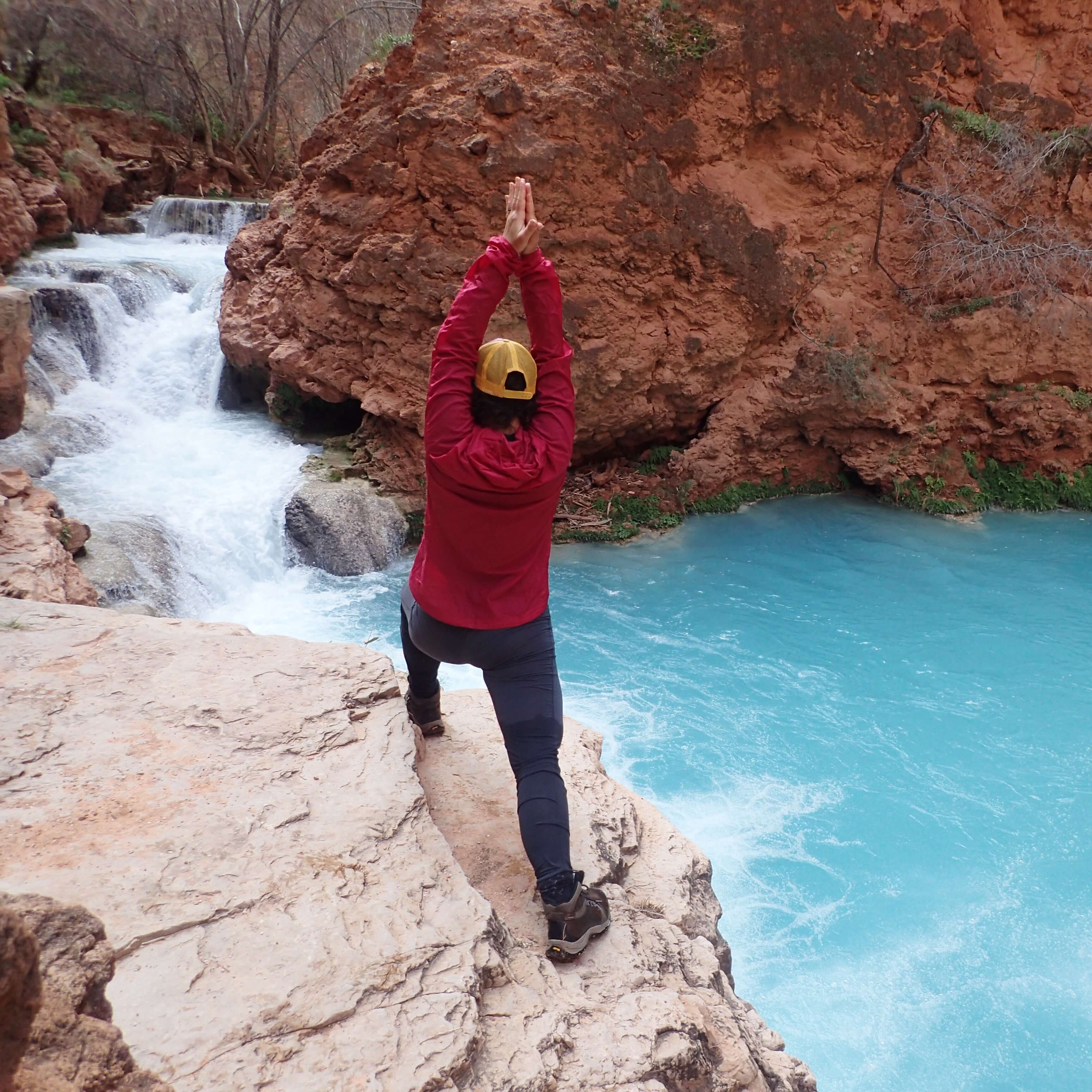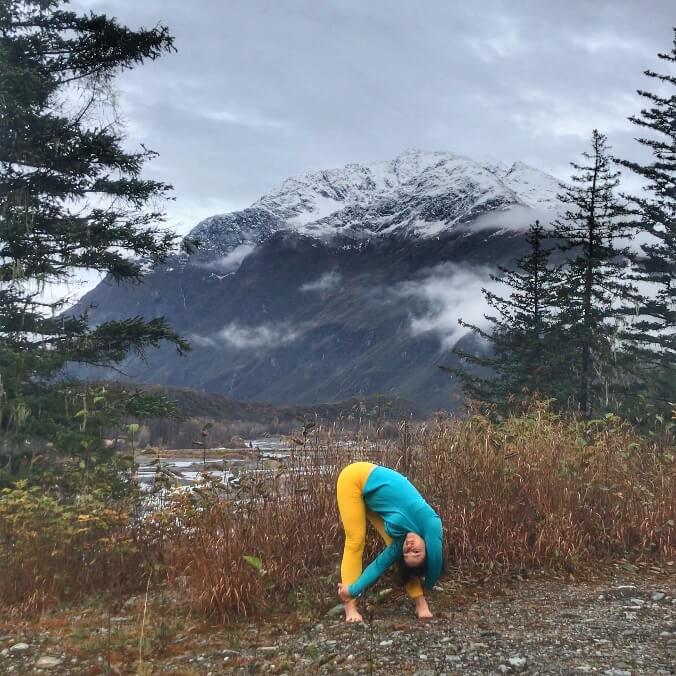Satya
Truth Seeking
Dedicated to truth and integrity (Satya), our thought, words, and actions gain the power to manifest.
– Nischala Joy Devi
Lately I’ve been involved with a lot of discussion about truth. The second yogic yama, or code of conduct, is satya or truthfulness. I haven’t written about truth before because it seemed pretty simple.
- Surely don’t deliberately lie.
- Keep the first yama – ahimsa (compassion or nonviolence) in mind.
- If the entire conversation isn’t needed or beneficial and causes pain, don’t share it.
- If something painful needs to be said, use compassion and nonviolence to temper the delivery so that it can be received;
- Choose an appropriate time (Not in front of others and not when someone is already worked up or stressed out.)
- Use compassionate language.
- Cultivate a nonviolent attitude (Know that you are doing your best to deliver the truth and if it is not accepted, you have done your duty. You don’t have to win).
- If you’re telling a story, don’t leave certain parts out to paint the picture you’re hoping for.
There are these simple parts of truthfulness…but then there is the question of what truth is.
The funny thing is that, until we are enlightened, the truth keeps changing and evolving as our awareness and perspective broadens and deepens.
When what we know as true changes, it doesn’t obliterate old truths, it clarifies them. Exploration of what is really going on teases out the nuances. Sometimes, yes, our old perspective is blown out of the water, but most of the time our comprehension simply expands. The new information means a new way of being.
No, general laws of physics don’t change (most of the time), but our understanding of how physics can be applied can change.
Our application of the facts change and that changes what we see as the truth.
A simple example is our understanding of what warrior 2 pose is and how to do it. We learn the basic shape of how to practice warrior 2. As our awareness of the subtleties of yoga practice develops, how to practice warrior 2 also begins to involve movements of the prana vayus (inner energy circuits), the breath pattern, and even the mental focus and intentions change. It sometimes looks like the same pose but the feeling, actualization, and purpose of the pose has totally changed. As the truth about what warrior 2 pose is and does changes, the idea of a perfect warrior 2 position changes from person to person or from my 18 year old body to my 70 year old body. In the end, the same pose may look quite different.
The truth of past interactions changes. Watching someone get really upset meant one thing to my teenage brain and it has a different perspective now that I’ve studied some neurobiology, life development, emotional intelligence, behavioral science, and now that I have developed a broader sense of empathy and life experience. For one, as I’m getting older I can now understand how a step-parent might have been so stressed they fell to the floor crying over a small material loss. My teenage brain processed only one possibility…crazy materialistic bitch. My adult brain processes what it feels like to be overwhelmed, the possibility of menopausal hormones, and the feeling of being utterly exhausted. You don’t know what life’s responsibilities feels like until you’ve had them for a while. My own experiences and study changes my perspective about the truth that might have been occurring. Yes the outer appearance is the same, but the reasons for the outburst are totally different…which in turn changes the way I interact with the outburst.
Scientific understandings change, we change, the world around us changes.
Truth changes and this is a good thing!
This change is growth, this is expansion, this is allowing more information in and sorting it all out. This is letting go of fear and allowing ourselves to experience all the aspects of life and add it to our understanding. We can’t speak the truth if we don’t seek it.
As yogis, our job is not only to speak the truth, but to seek the truth.
Real truth seeking is being open to the idea that what we see as true is wrong. Without accepting that we may be wrong, we can’t take in new information and continue to move towards full understanding. In being truth seekers, we need to be open to the change. This is the fun part… seeking the truth, experiencing it, and expanding with it.
The entire practice of hatha yoga is about knowing from experience.
The practice teaches us to find the truth from our own experience as opposed to accepting somebody else’s understanding.
We use our bodies and our mental practices as opportunities to delve into the nuances of what reality and truth are.
In the end, we’ll find that it is unity.
Subscribe
to the Full Moon Fruition Blog
Add your perspective here or share a picture, a sutra, and a brief interpretation on Instagram #fullmoonfruition



Love this blog. It’s so refreshing and important to be reminded of how truth changes. Our truth changes as we change. . it’s never-ending, and always happening. It takes patience, so much openness, and the ability for inward observation to realize these changes. Yoga helps me with this so much. Practicing yoga poses and working on the breath allows me to be open to these changes and to be aware of them. It always seems that when my truth changes in a certain yoga pose and I feel more open and freedom in the pose, that it corresponds with opening and freedom in some other aspect of life.
Well said and inspirational! Thank you for sharing and reminding us of the gifts of openness, vulnerability, and change.